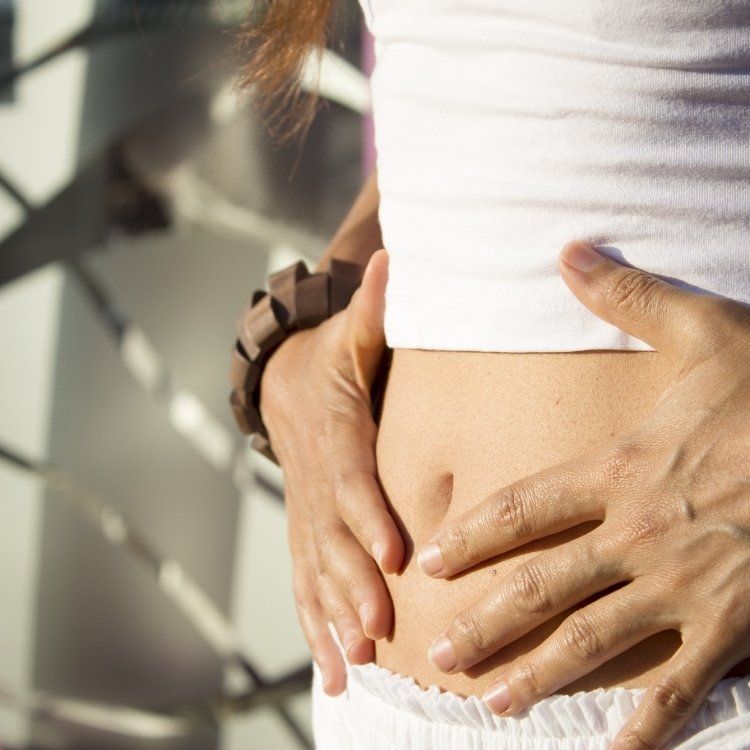10 tips to help manage your mid arvo crash

-
Get adequate sleep. Our body’s natural circadian rhythm produces natural lows during the night – and in mid-afternoon. Sleep deprivation worsens the mid-afternoon low.
-
Wake up after completing a full 90-minute sleep cycle – not from deep sleep. Each 90 minute sleep cycle ends in a lighter level dream state. (There are apps to help you figure this out)
-
Eat breakfast to jumpstart your metabolism. When you skip breakfast, you’re more likely to overeat at lunch.
-
Don’t overeat at lunch. Big meals make the midafternoon slump even worse. Restaurant meals are notoriously huge, so you may want to eat half at the restaurant then save the other half for another meal.
-
Pay attention to when the slump occurs. Have a planned snack 30 to 60 minutes before it occurs.
-
Have protein and carbs at every meal, including breakfast. Protein provide satiety and carbs fuel the brain for lasting energy.
-
Split your usual morning caffeine in half, and enjoy the other half at noon (then stop). Research indicates that smaller amounts of caffeine keep you focused and alert, without increasing anxiety. Afternoon caffeine stays in your system longer than you feel the effects, and may keep you awake at night
-
Manage stress. Think back to a near car accident adrenaline and you realize that every stress spike ends in an energy slump. Yet most of our stress it doesn’t come from life-threatening events such as a car accident. We can’t control situations, but we can control our thoughts, actions, and reactions.

-
Take regular recovery breaks every 90 minutes or so throughout the day. Rest your eyes, take a walk, breathe. If you try to take a break when you’re crashing, it’s too late.
-
Become an exerciser. People who are report more energy, even with the same amount of sleep.
http://www.drjo.com/articles/
The post 10 tips to help manage your mid arvo crash appeared first on Vereen Health.




